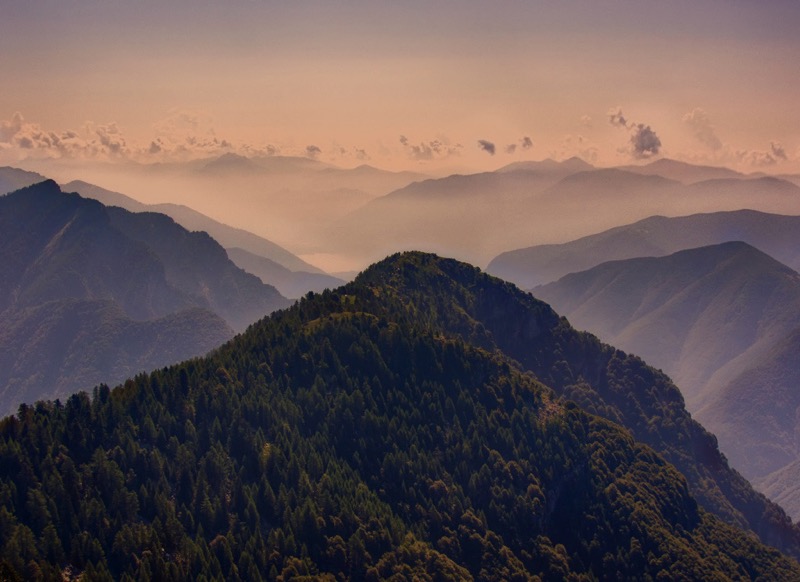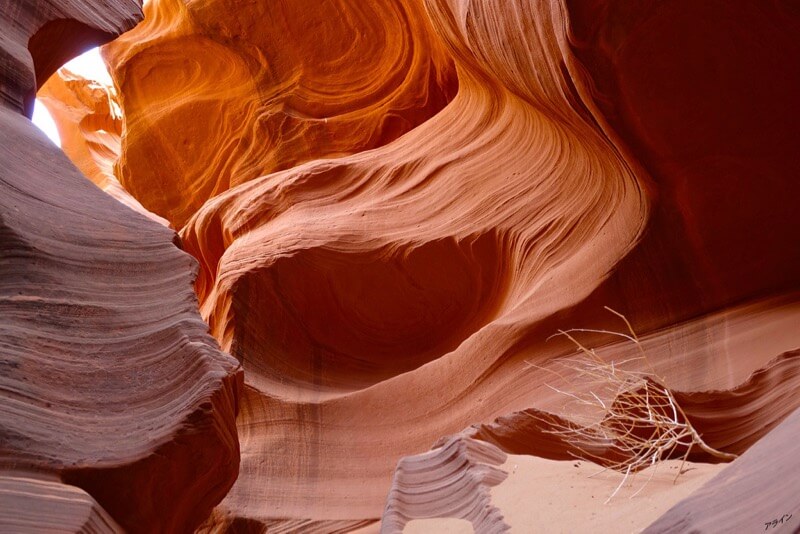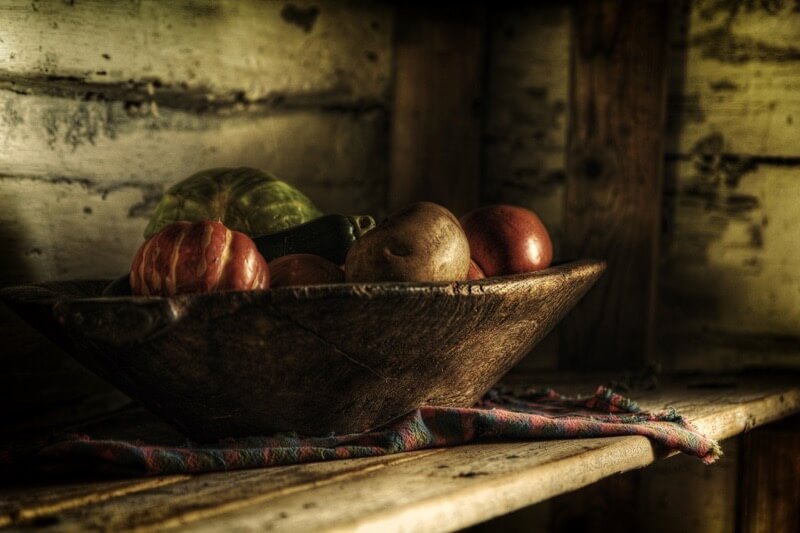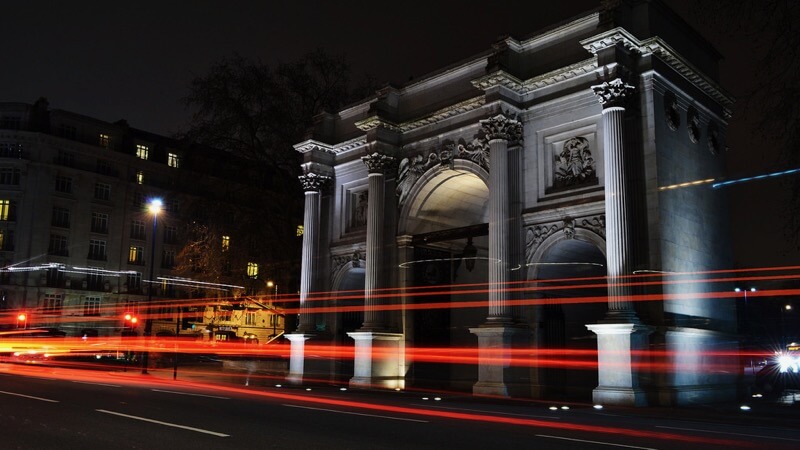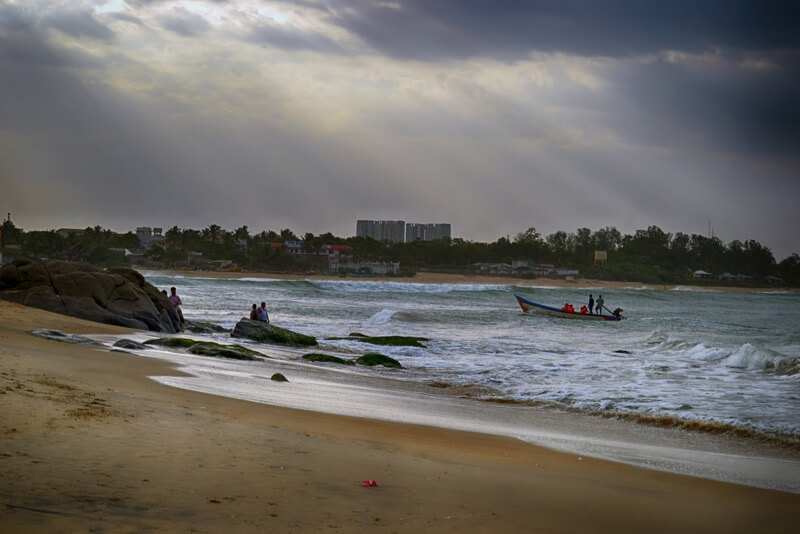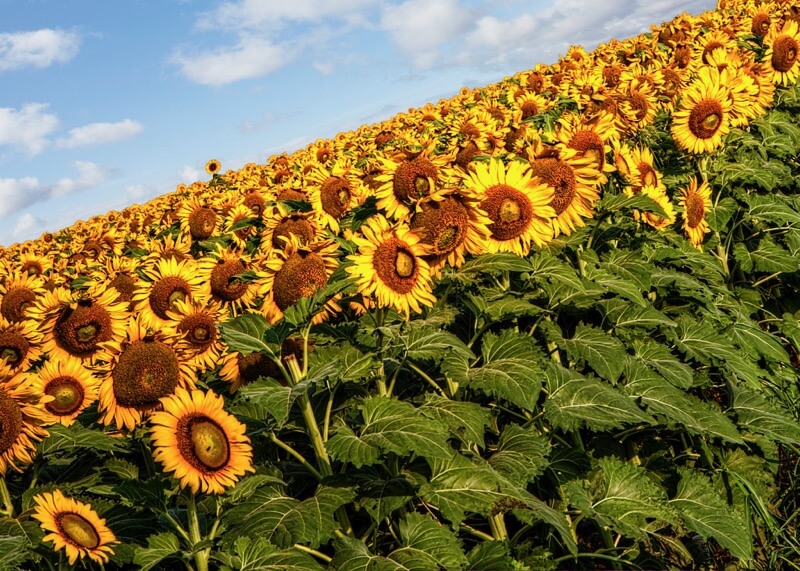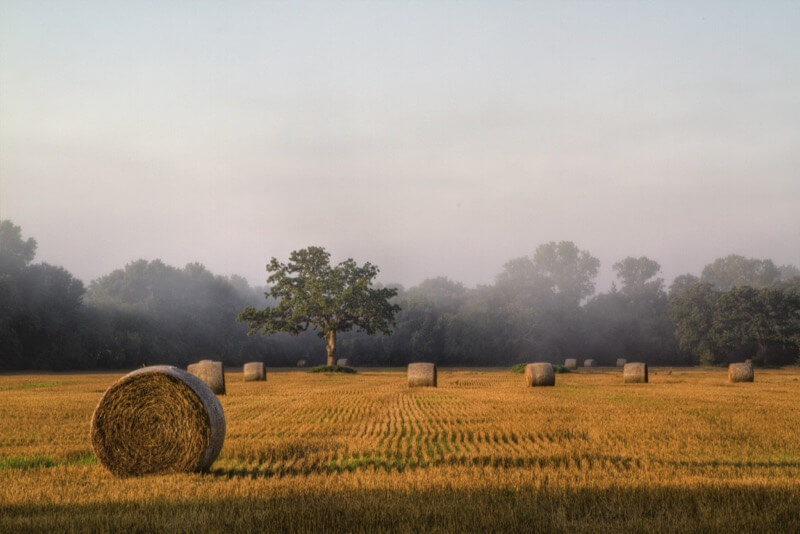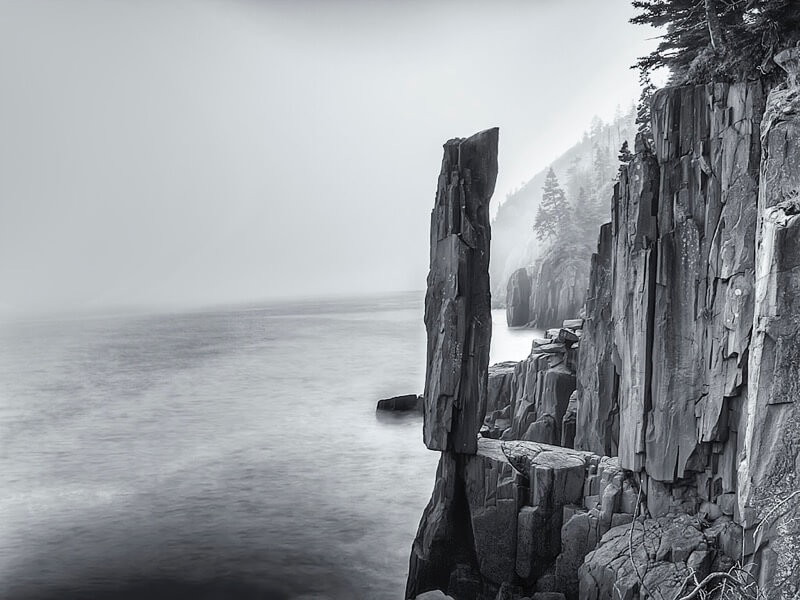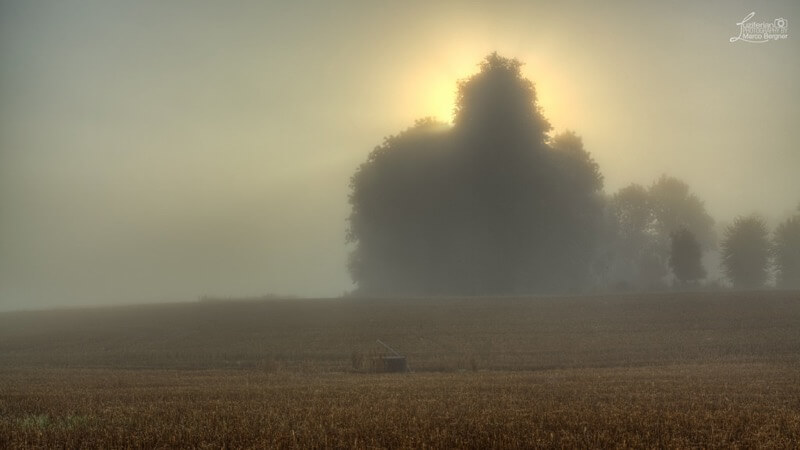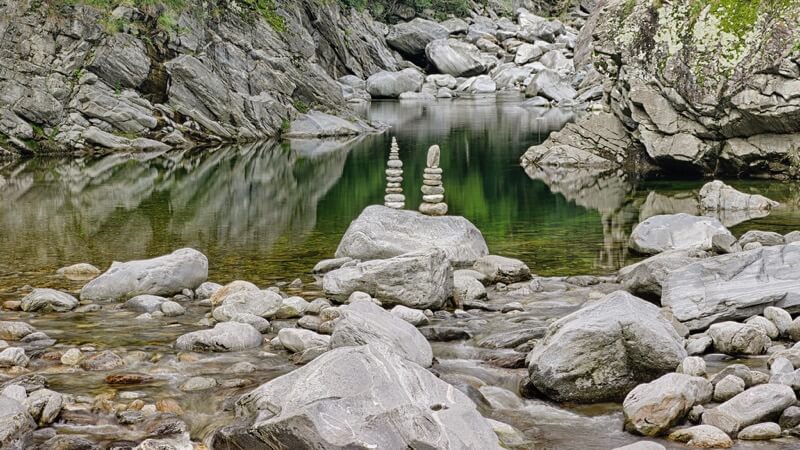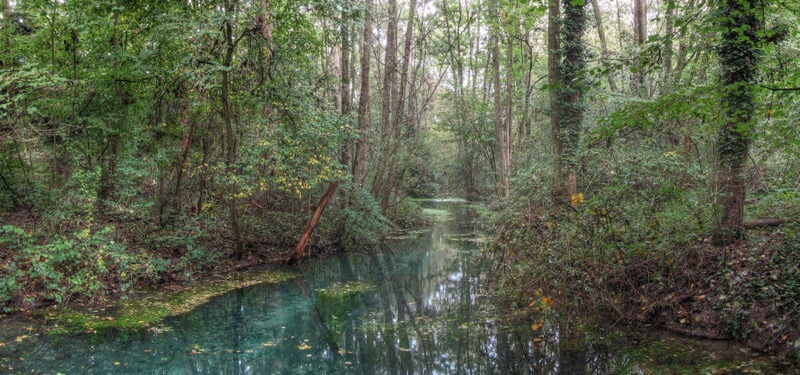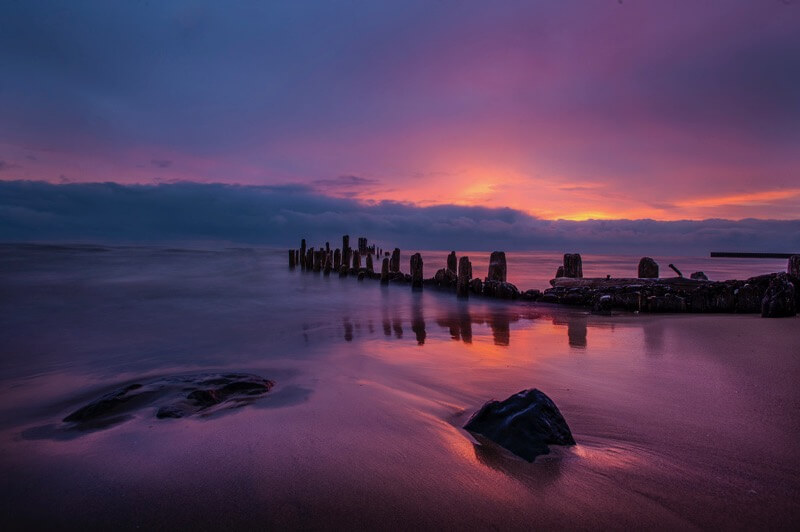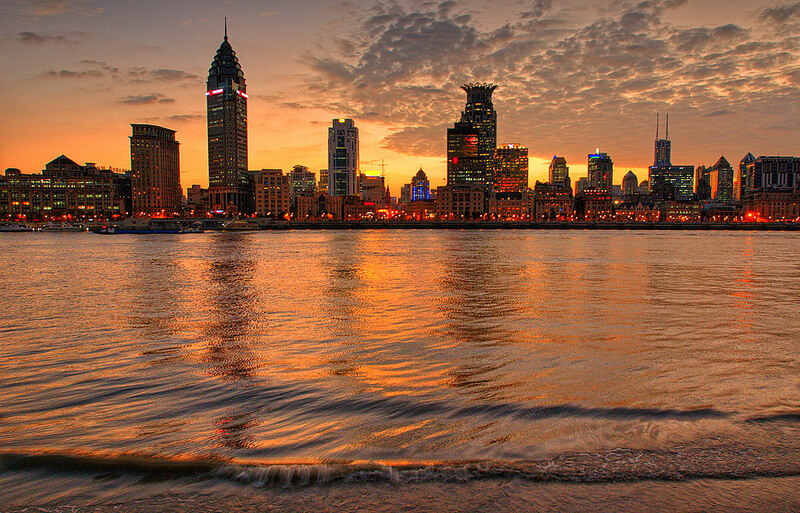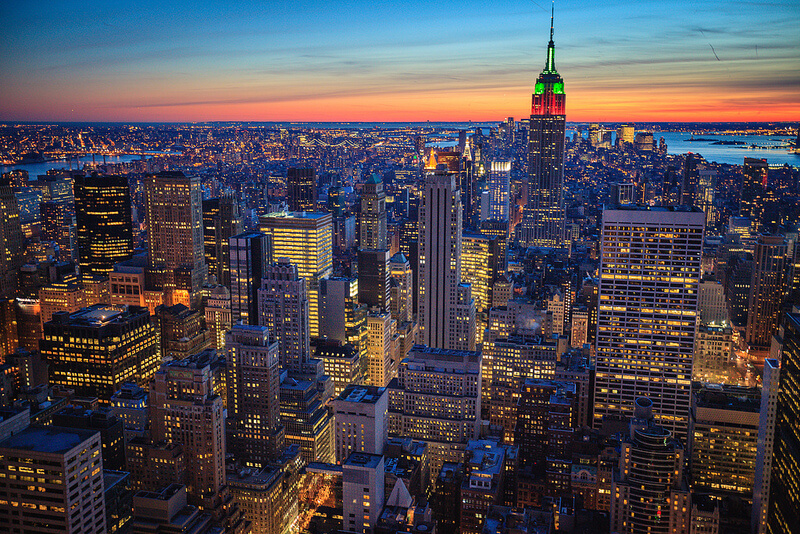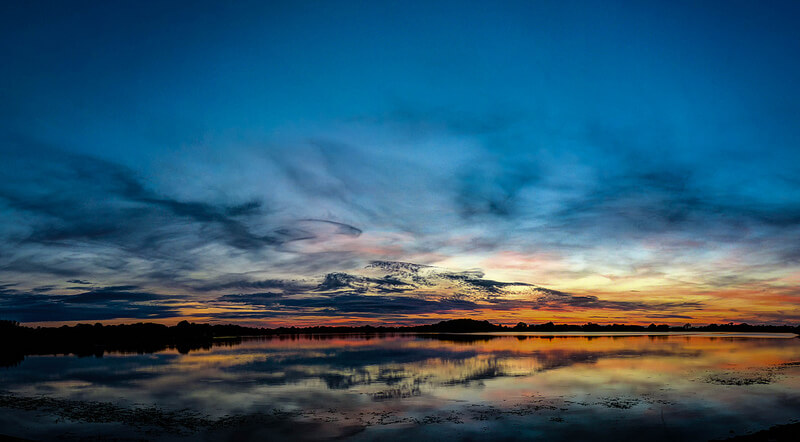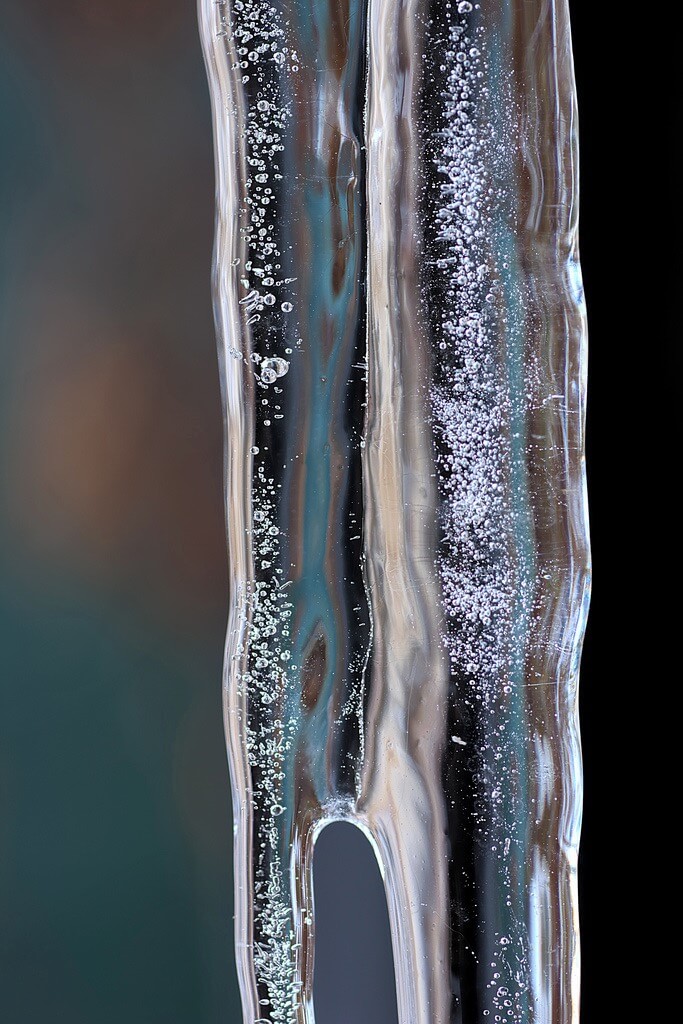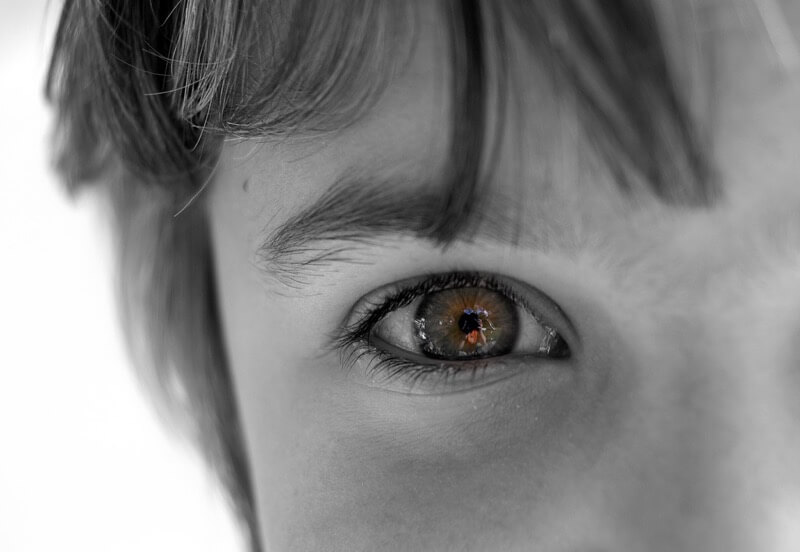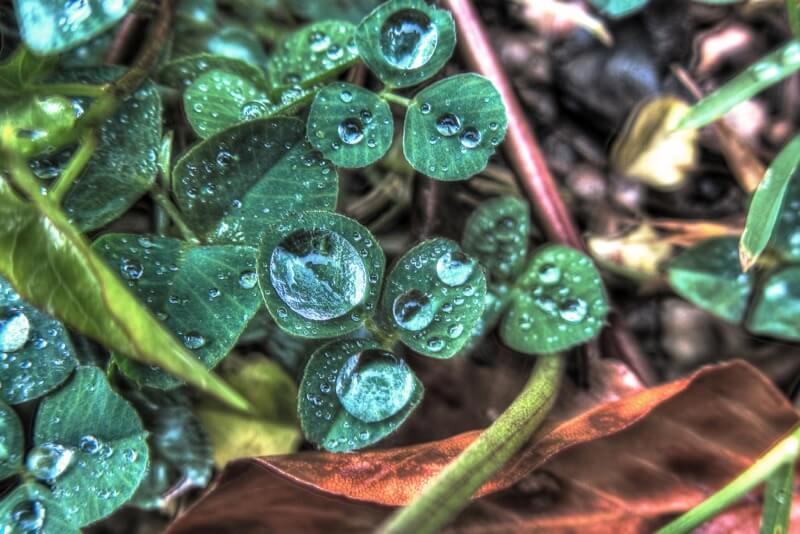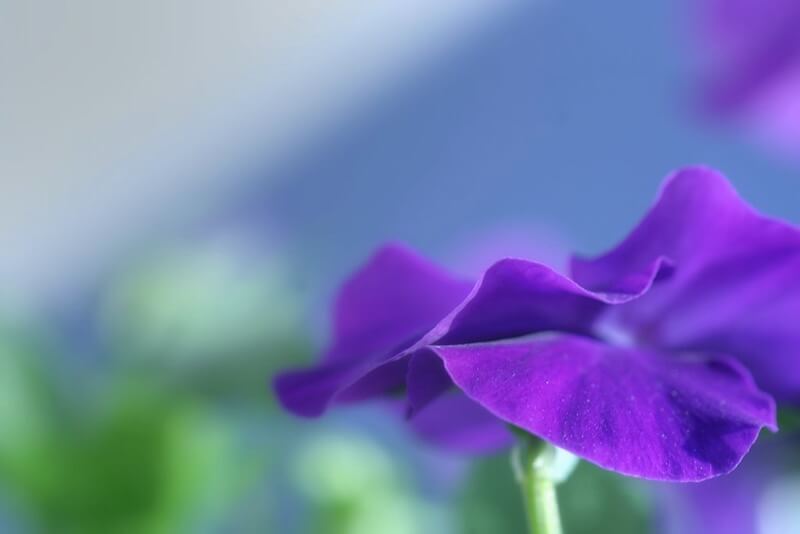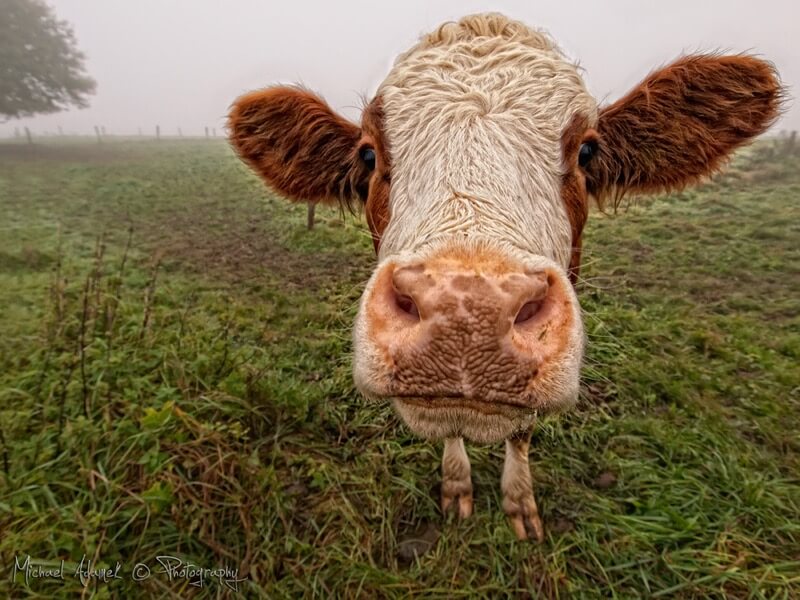A lot of photographers cringe when they see the phrase “HDR Photography.” The technique has a bad reputation for making photos look over-processed and unnatural. And, to some extent, that reputation is well-deserved.
Many HDR photos do look overdone, but that doesn’t mean the technique is entirely worthless. HDR can also look beautiful in particular situations. The key is knowing when it’s a good idea, and when it’s not.
When to Not Use HDR Photography
HDR typically doesn’t work well in the following situations. You can still experiment with it, but your images will likely end up looking unrealistic, over-processed, or uninteresting.
Silhouettes and Shadows
HDR allows you to capture the full range of brightness in a scene, so there are no underexposed or overexposed areas. You get more detail this way. Instead of a stark dark/bright contrast, the photo shows what’s “hidden” in both the shadows and light.
Sometimes you do want that stark contrast, though. For example, when you’re photographing silhouettes or dramatic shadows, you want less detail. You want to keep the silhouette or shadow as dark as possible to increase the drama. Otherwise, you risk distracting the viewer with details and weakening the power of your image.
Bright, Midday Sunlight
Harsh sunlight is always difficult for shooting, and HDR doesn’t make it any better. HDR only strengthens the bright light, making your images look washed out and unnatural.
Good HDR photography is still possible on sunny days, as long as the sunlight is partially blocked or shaded. For instance, you could head into a dense forest or a deep canyon. These locations will give you enough shade to create interesting HDR images, despite the bright sunlight.
Vibrant Colors
If a scene has muted colors due to under/overexposure, HDR can help to bring out them out. However, if the colors are already vivid, HDR will likely wash them out. This happens because you’ve expanded the range of brightness in the photo, so colors that seemed bright are no longer the brightest part of the photo. They’ve become slightly duller, as the dynamic range is larger.
Movement
HDR uses three or five quick shots to create a single image. This technique works well if the scene or subject is mostly static, but if there’s movement, the final image can look blurry. It’s like shooting a long exposure, only much shorter.
“Fixing” a Poor Shot
HDR won’t magically turn a bad image into a good one. You can use it for specific lighting issues, but it’s not a silver bullet. A bad composition will remain bad, and an unclear photo will remain unclear. HDR is only a single technique, not a solution to everything.
Zed The Dragon – Le Mont-Saint-Michel un matin.
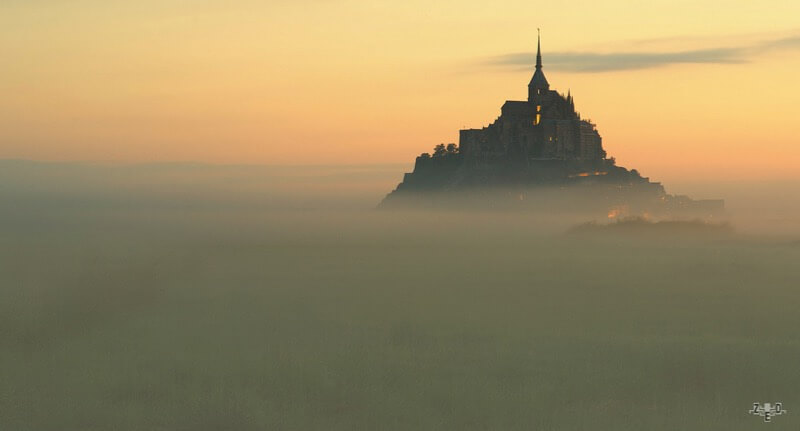
When to Try HDR Photography
HDR works best when you use it selectively as a tool, rather than as a hallmark of your personal style. It’s not for every photo or situation, and in fact, the majority of photos are fine (if not better) without it.
Nevertheless, particular situations might call for HDR. We’ve listed a few general situations below, which can serve as good starting points for developing your HDR photography.
If you’re unsure whether you’re headed in the right direction, try learning and shooting HDR with a photographer you admire. You can also try to create HDR photos that look similar to others you like. You don’t necessarily have to sign up for an expensive class. A good article or blog post may be all you need.
For starters, take a look at these great introductions to HDR:
Digital Photography School – Step by Step Tutorial for Realistic Looking HDR
If you know next to nothing about HDR, this tutorial from the Digital Photography School can give you a solid basis to build off of.
National Geographic – How to Take HDR Pictures
If you already know the basics of HDR, you can hone your knowledge even further with these tips and photos from National Geographic.
Indoor / Backlit Scenes
Like indoor long exposures, HDR can help you shoot scenes in low lighting, especially when there’s backlight darkening the foreground. HDR will balance out the brighter and darker portions of the photo, so you can capture details in the foreground that would otherwise be lost.
Real estate photographers sometimes choose to use HDR for this reason. With HDR, they can capture the details of each room, regardless of where the light source is. This way, homebuyers can see every nook and corner of a house before they visit, even when the house is relatively dark.
Christopher – Dreaming in Reality
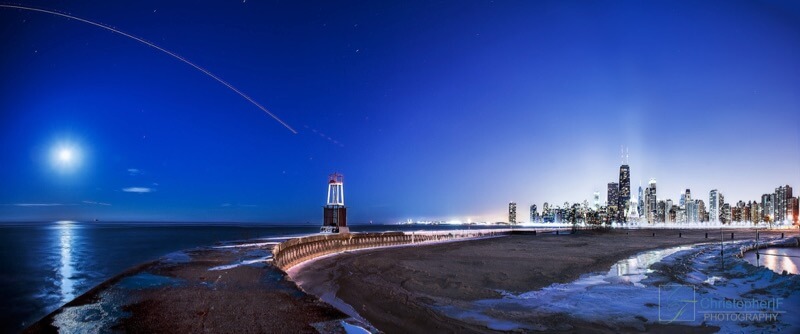
Wendelin Jacober – Lost Place Belgien
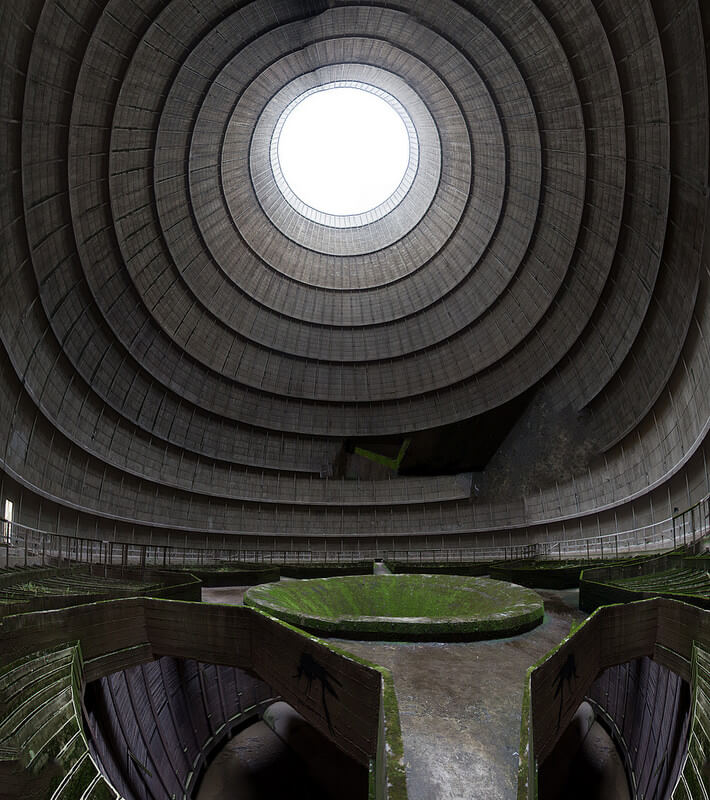
Zed The Dragon – Eglise Saint Christophe de Javel, Paris.
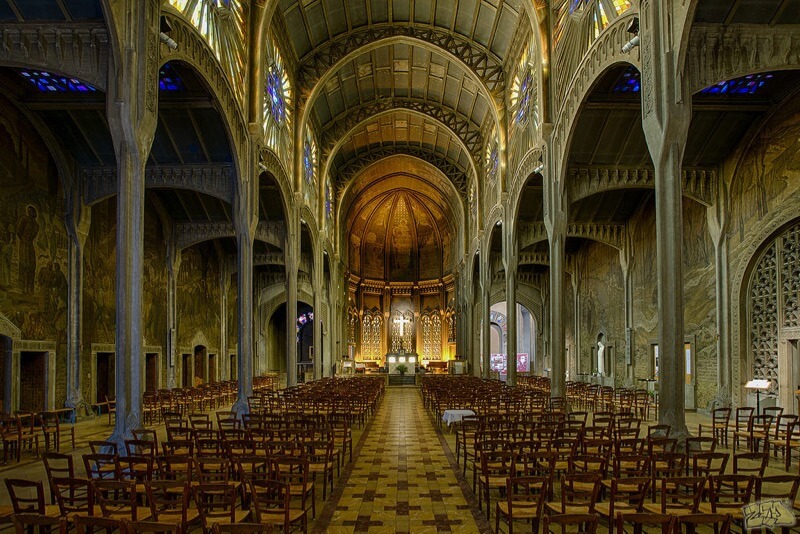
Zed The Dragon – St Eustache roof I
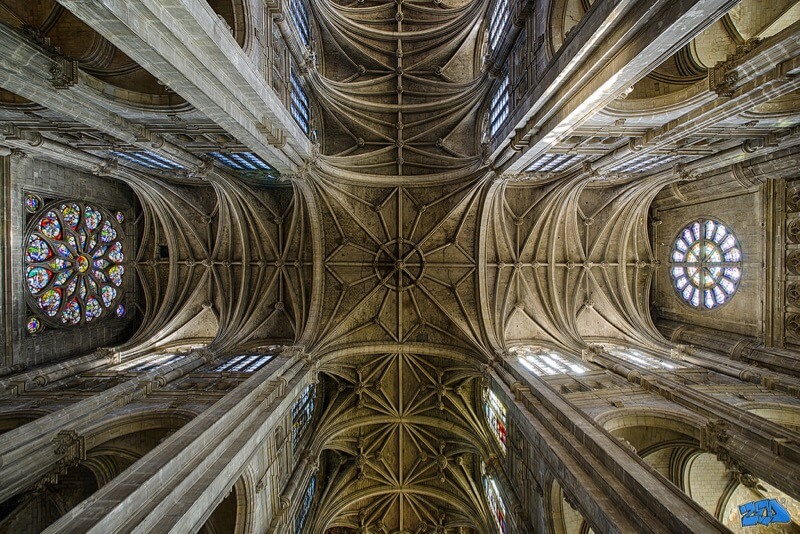
Sam Codrington – V&A Reflection
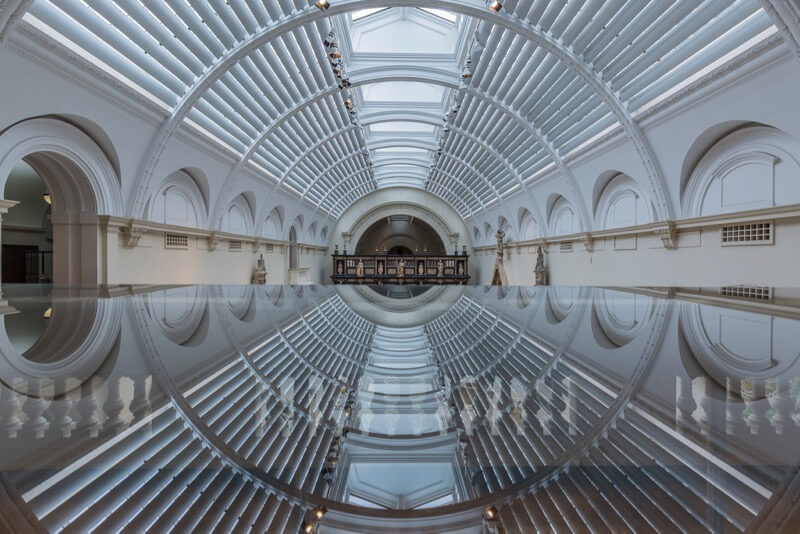
Gareth Nichols – The Okahu Pier – Winter Blues part 2
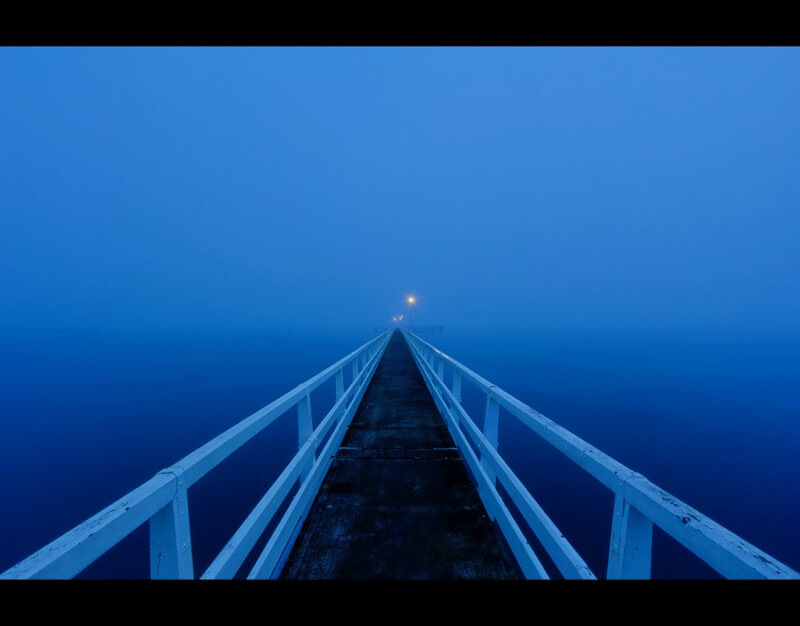
Landscapes & Seascapes
An epic landscape or seascape often has significant contrast between the land/water and the sky. This contrast can be hard for your camera to process in a single photo. Either the land/water is too dark, or the sky is blown out.
You can try to solve this problem with a filter, like a graduated ND filter or a polarizing filter, but HDR can be a helpful option, too. HDR allows you to capture details in both the sky and landscape, even with the high contrast.
Lindell Dillon – Light in the forest…
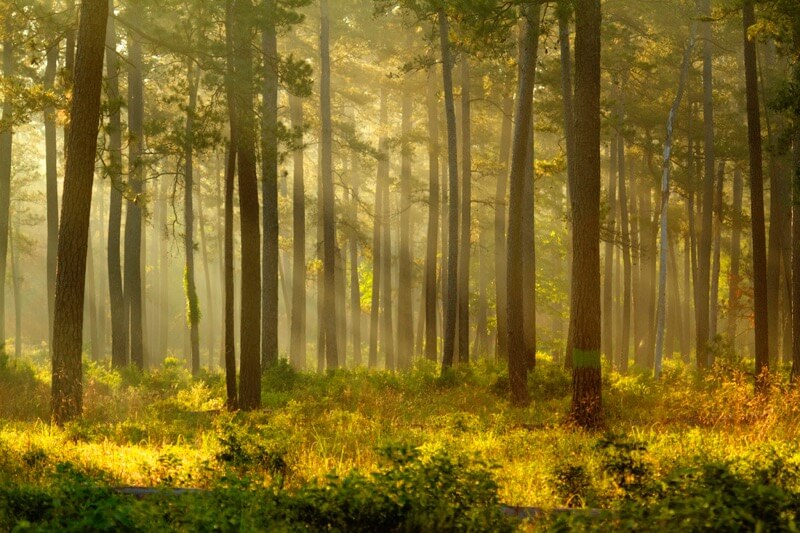
Alan E – The cloud and the wave (Paige)
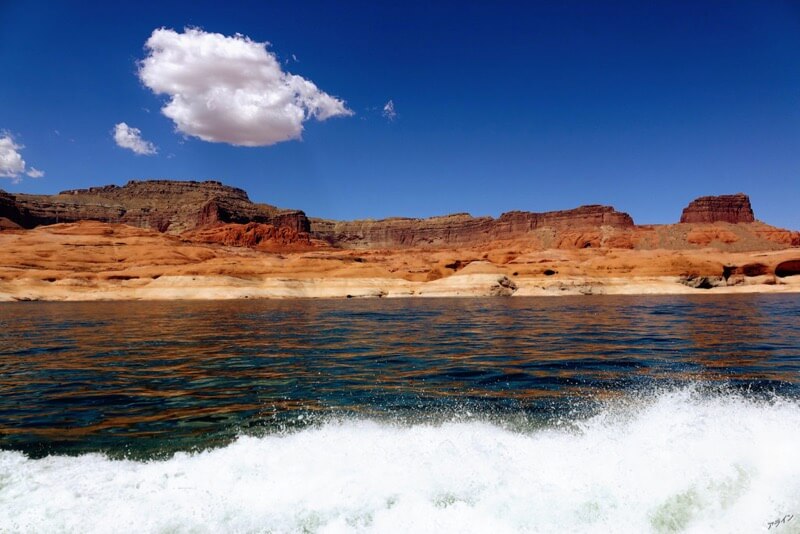
Prabhakaran – parallel thoughts…!!!
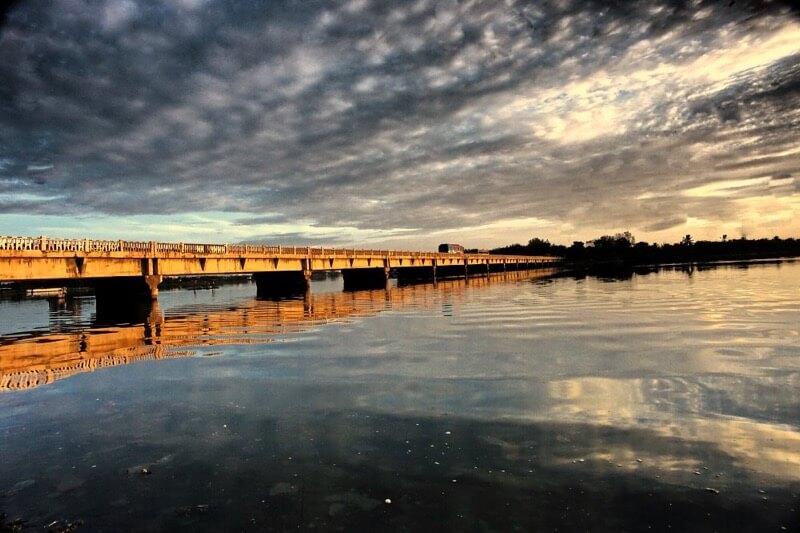
TroyMarcyPhotography – Autumn Timber
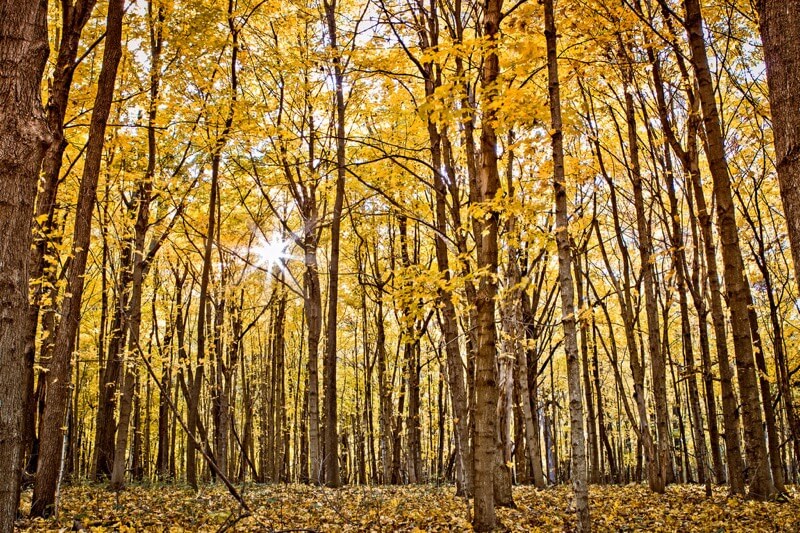
Theseus Troizinian – Θάλασσα λανθασμένη δεν γίνεται”. Οδ. Ελύτης

Sunsets & Sunrises
Sunsets and sunrises present the same problem as landscapes and seascapes. There are beautiful details in both the sky and foreground, but the contrast is too high to capture both normally. HDR is one of several techniques that you can try out for great sunrise and sunset photos. Just watch out for halos, and be careful not to overdo the saturation when adjusting the tones during post-processing. You want the beauty of the sunset/sunrise to look natural, not artificial.
攝影家9號 – Photographer No.9 – Respect My Fist 請尊敬我的拳頭
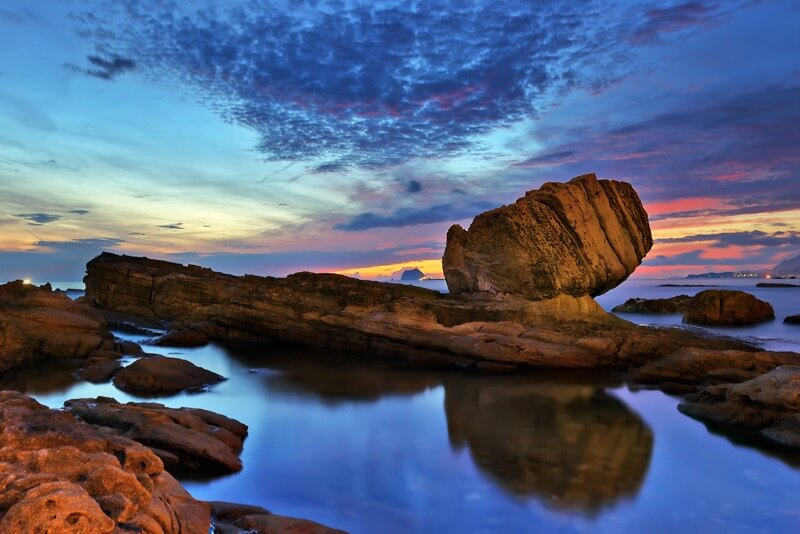
Theseus Troizinian – Mystic serenity in the sunset
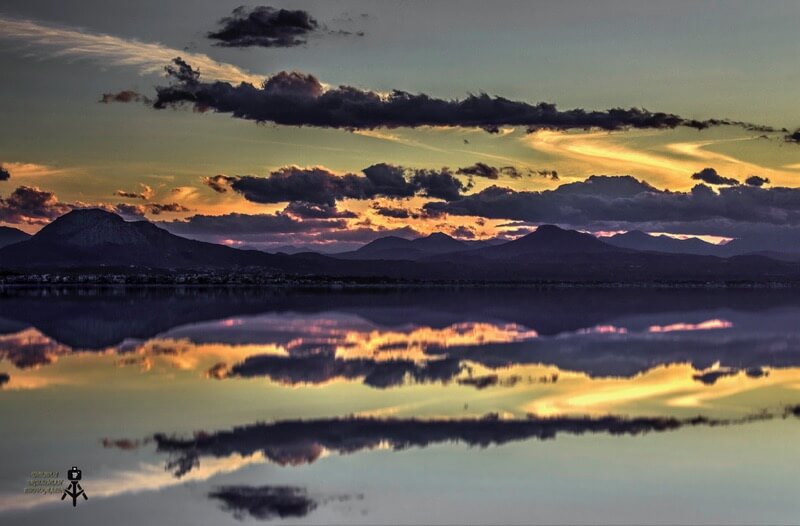
Ken Shelton – Venice Beach Sunset
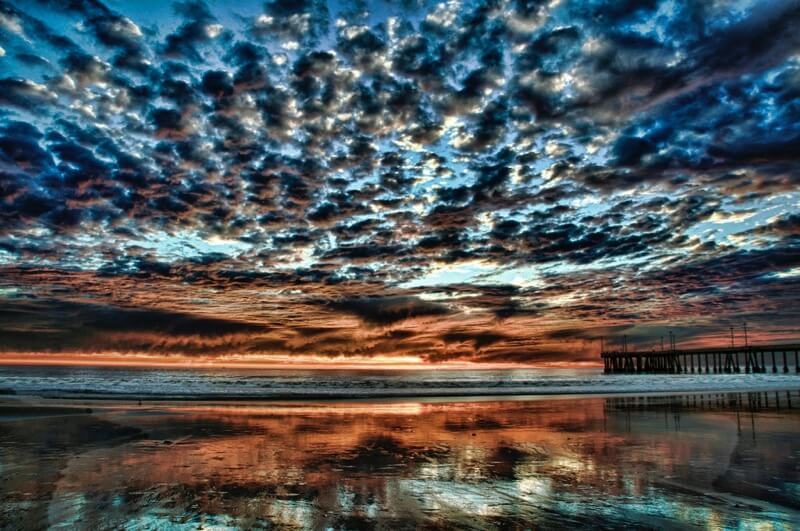
Marco Bergner – Westensee Sunset II
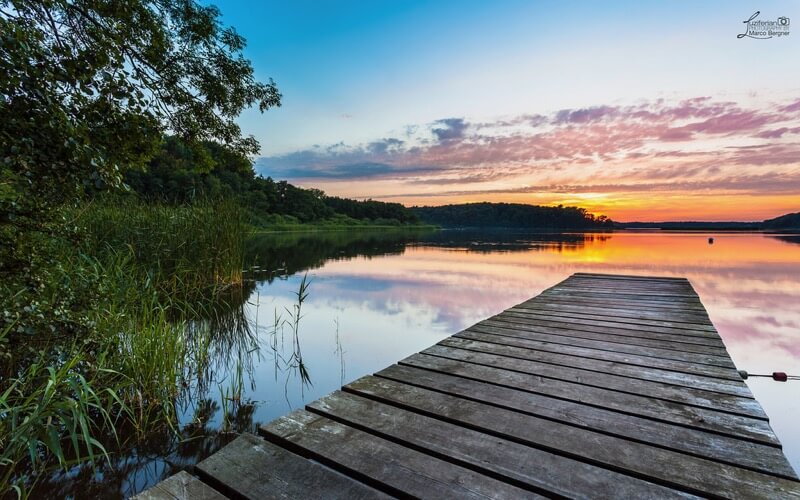
Zed The Dragon – Paris, La Pyramide du Louvre
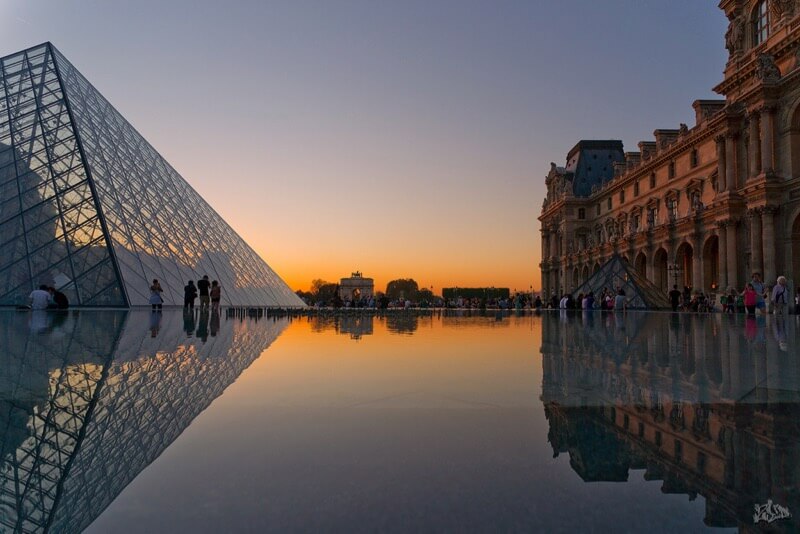
Marco Bergner – Blue Hour I Helgoland/Düne
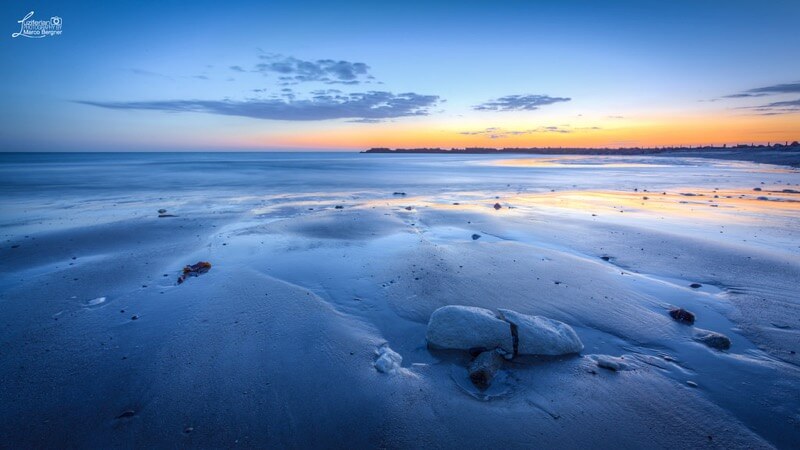
Christopher – The Photographer
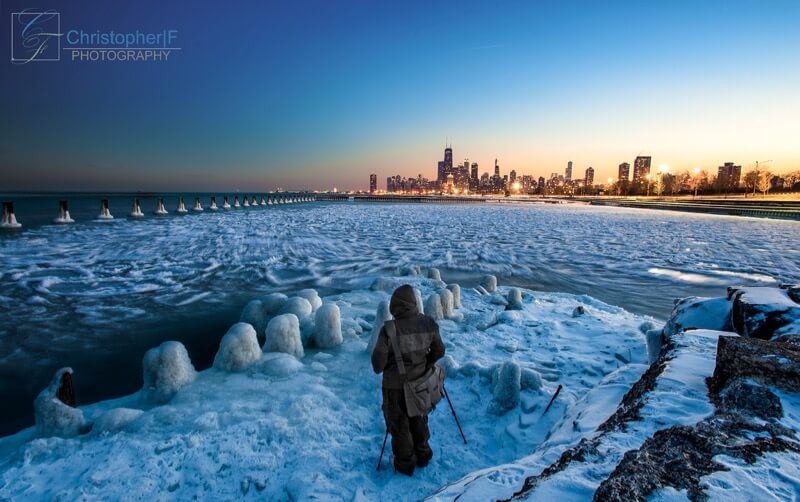
Stephen Humpleby – Cottesloe Sunrise

Zed The Dragon – Pornic, chemin des douaniers
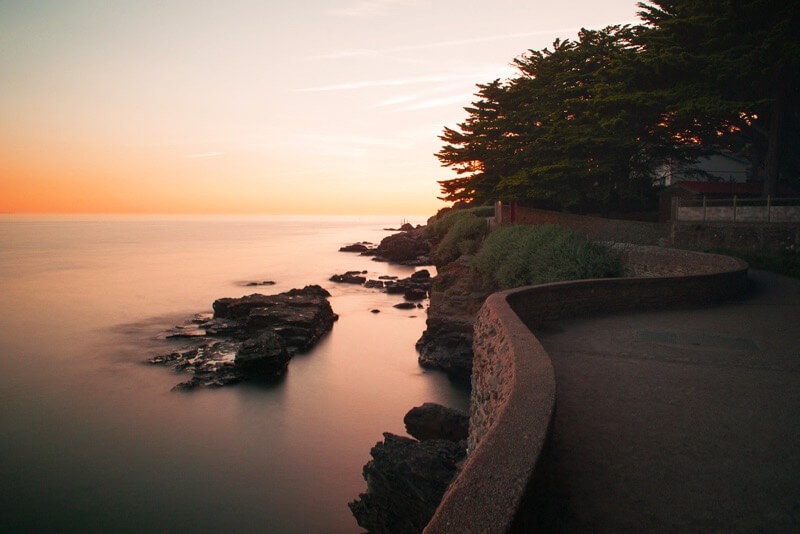
Theseus Troizinian – Lifeguard’s tower. Beach of Vrachati
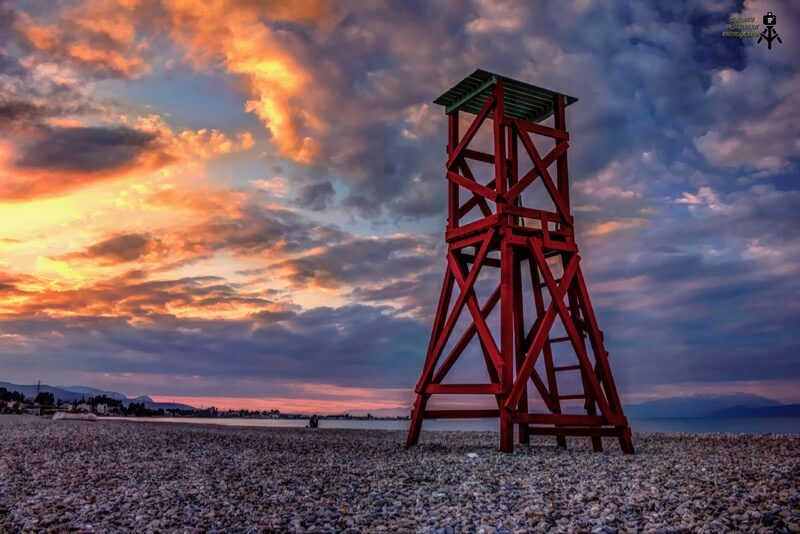
Darren Pettit – The view from the Control Tower, RAF Culmhead
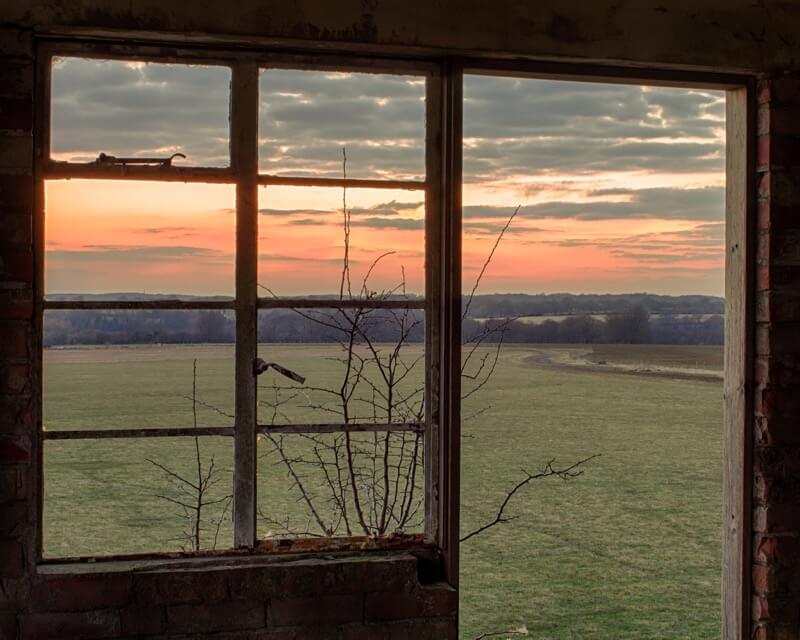
Close-Ups & Macro Photography
Photographers don’t often pair HDR with macro photography, but the two are actually a good fit sometimes. HDR can serve two purposes with close-ups and macro photos. It can bring out background colors that are too dark in the original image, and it give your photos an edgier, more detailed look. While it’s not strictly necessary for good macro shots, it can be fun and interesting to experiment with.
Theseus Troizinian – Olives. The treasure of Greece…
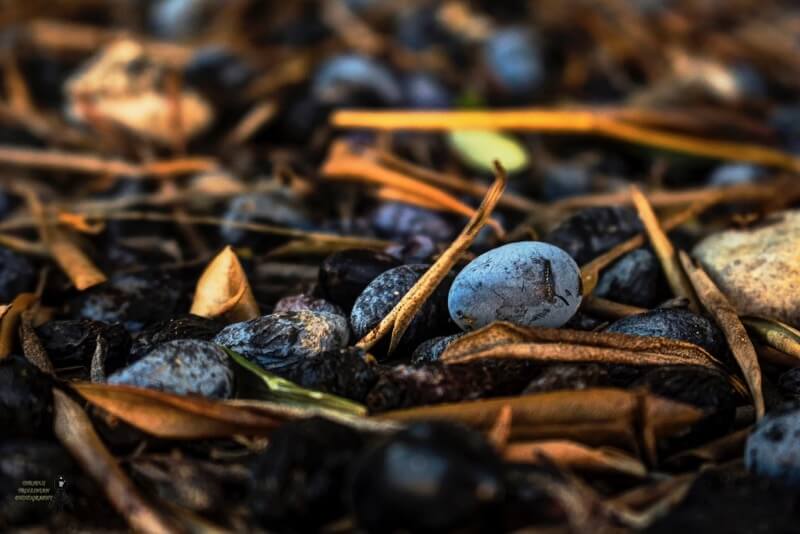
Theseus Troizinian – Ναύπλιον. Παλαιά πόλη. Παράθυρο αρχοντικού
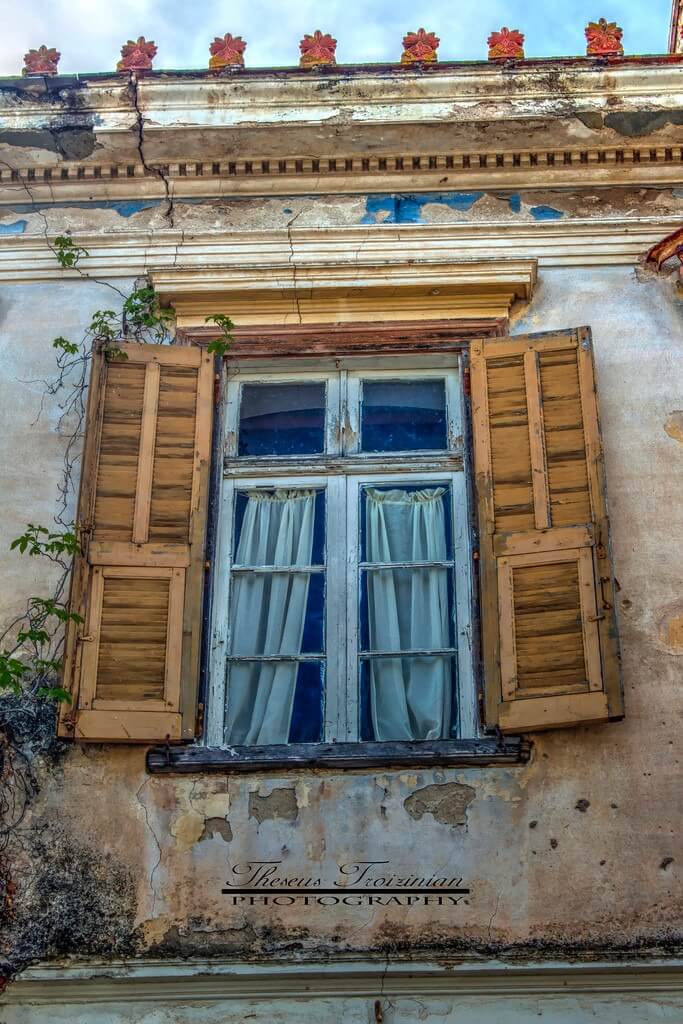
juana sanchez-barbosa – Frozen!!
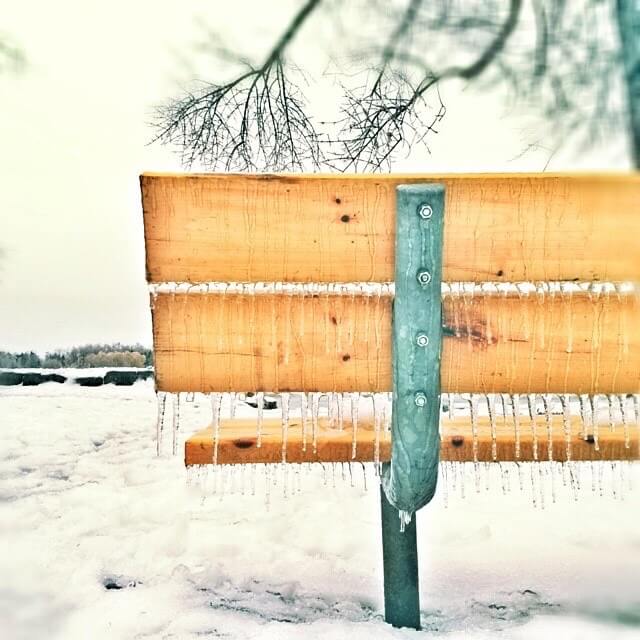
@Cristianhold – Planeta tierra
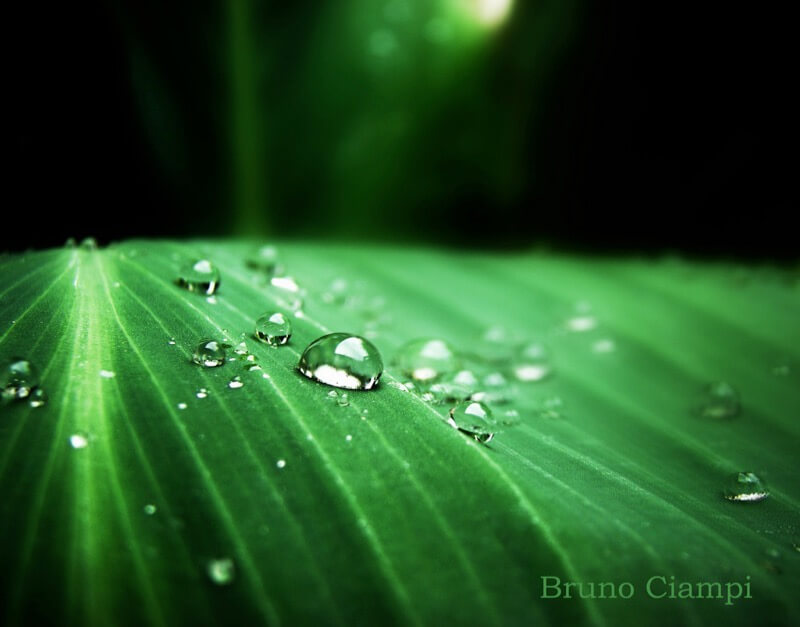
Marc Cooper – Double Hearted Rose
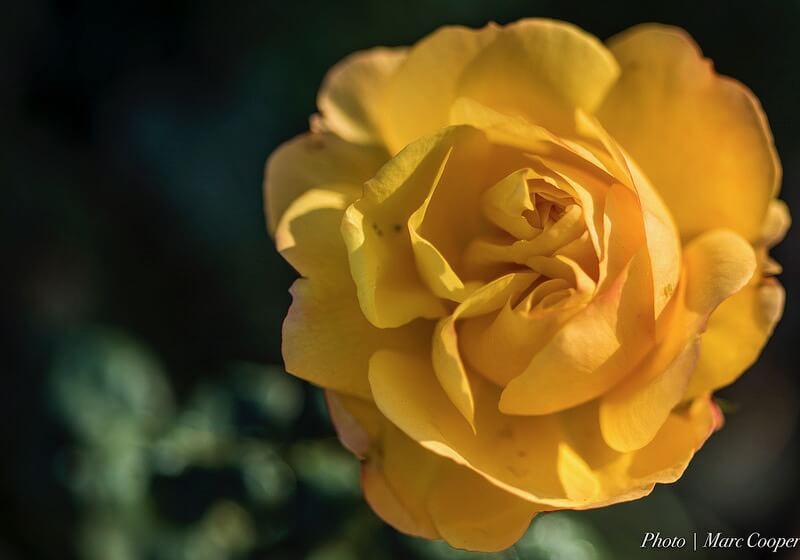
Many of the above photos were selected from our Flickr community, which is full of inspiring photographers. Get a nice HDR shot? Share it with us!
